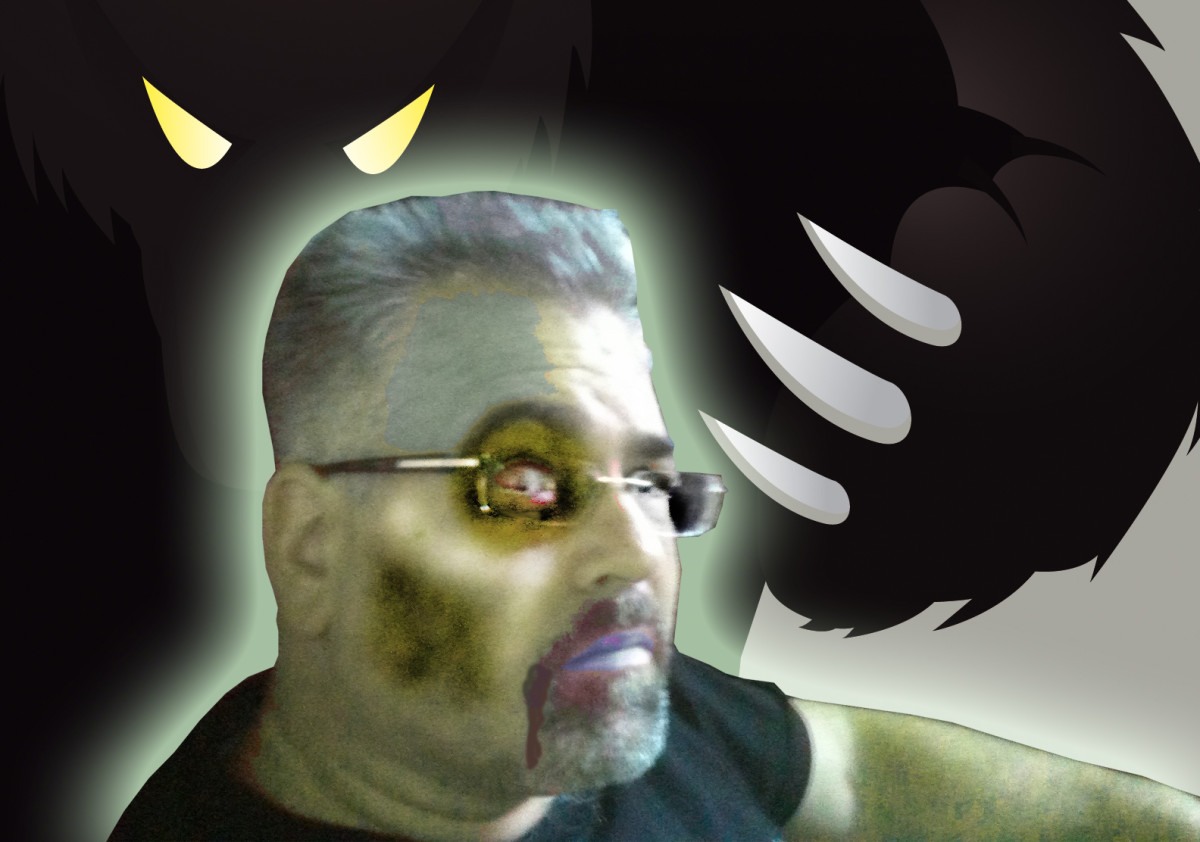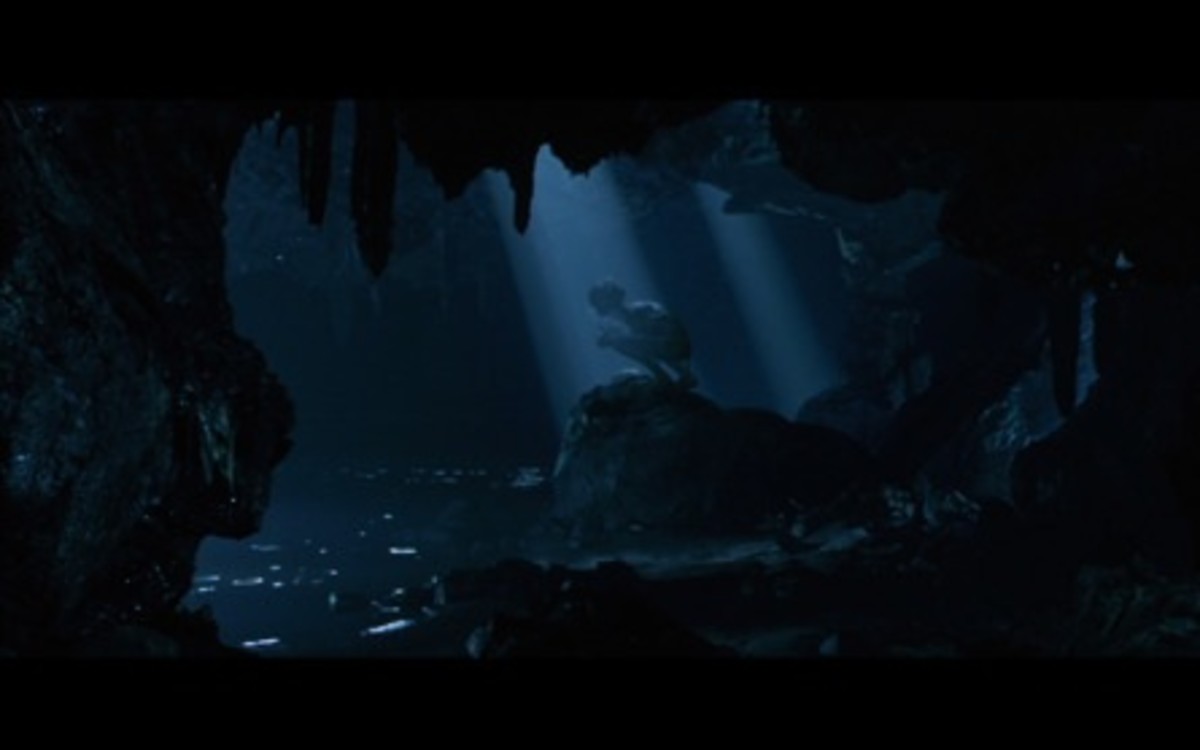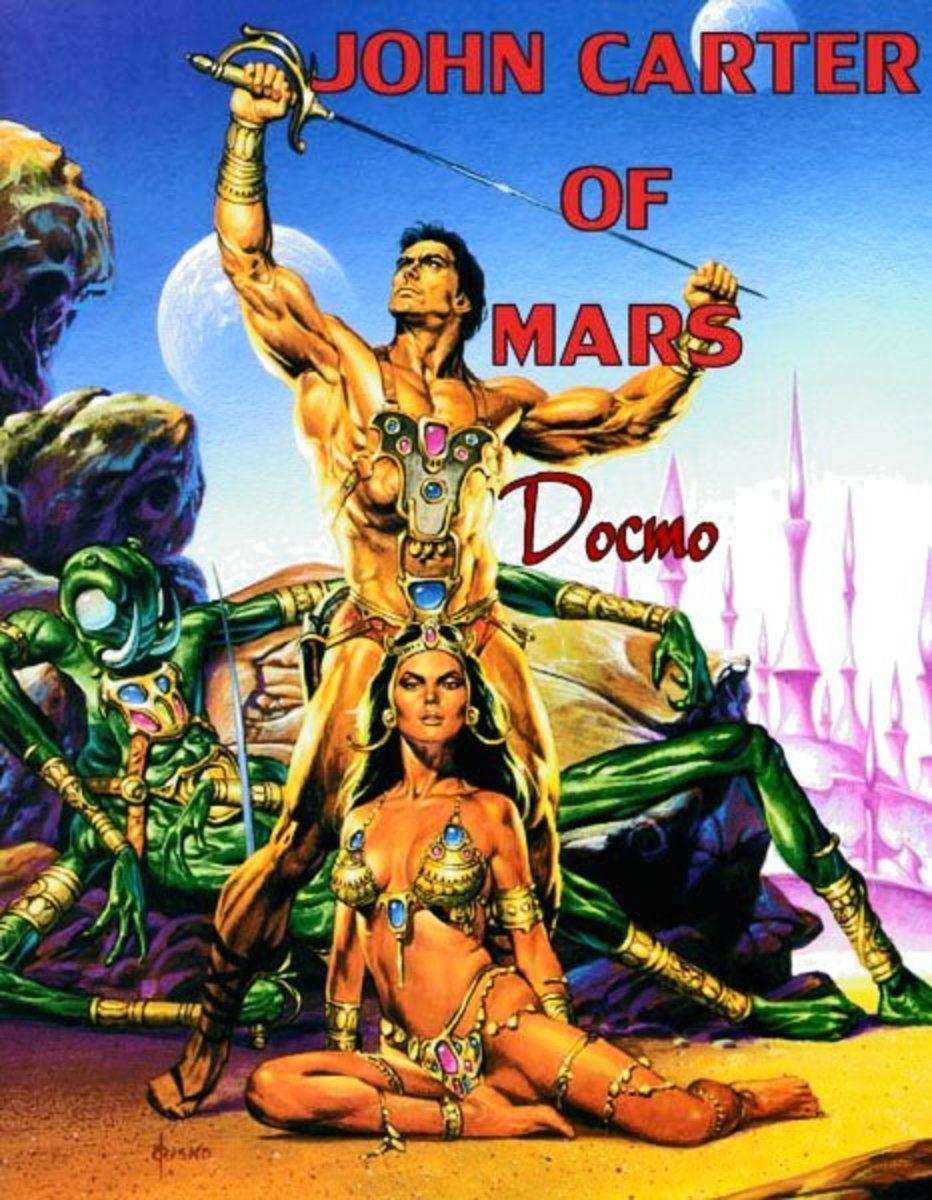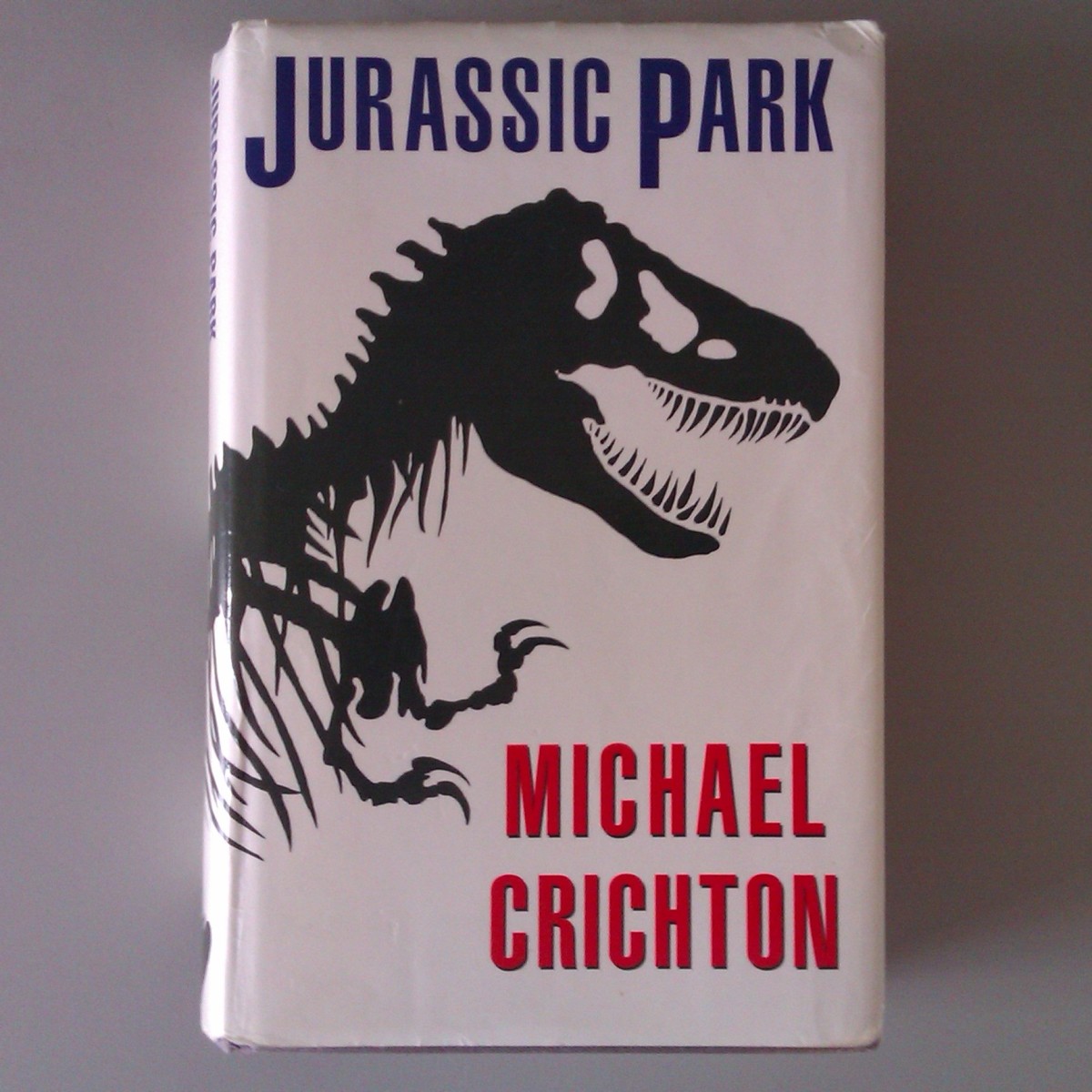Zombie Warfare Preparation: To Eat or NOT To Eat - That is the Digestion
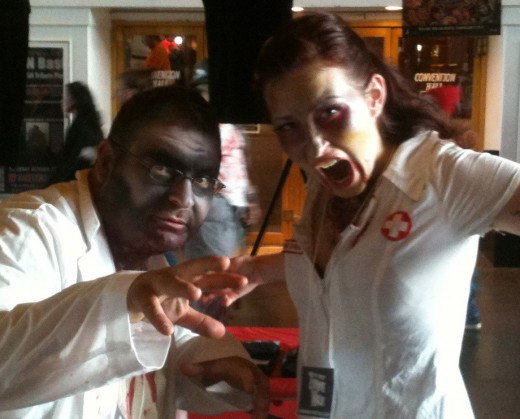
by Christopher Peruzzi
During a zombie war, things happen relatively quickly.
One day, you’re going to work on the subway and you see some people with flu-like symptoms with a scratch or bandage on their wrist or neck. Then there are the news blackouts followed by a few incidents that were apparently caused by the street drug, “bath salts”. Eventually the government tries to step in and deal inadequately with the growing problem with these unstoppable berserkers that wage real total warfare.
However, unlike what’s been going on with recent events, a zombie apocalypse won’t be one homeless guy eating another’s face. It will be a horde of zombies tearing your still living body apart and feasting on your limbs, innards, and, of course, your brain.
And that’s never fun.
Zombies represent two threats. The first is always contagion. You may have an encounter with the living dead, but if you are bitten or scratched, it’s really “game over”. Within 24 hours, you’ll be one of them – an undead, stinking, automation that exists to feast on flesh. The second threat is being dinner to a being that wants to eat you.
Now, there is a question that most people rarely ask: Are you really eaten?
How Do We Define Eating?
When we think of the concept of eating, we associate it with really three parts – Tasting, Nourishment, and Digestion. The act of chewing, tearing, death in the case of undead consumption is incidental. The undead are “hungry”, but not in the same sense that you and I hunger. When a human being is hungry it’s because some part of them craves nourishment. True hunger comes with dizziness and a need to replenish food – otherwise it’s just being peckish.
After living human beings eat, it’s followed by the act of digestion and excretion. Living beings use their entire digestive system to extract the nutrients we need to live. Once our hunger is appeased, our brains, through our hypothalamus lets us know we’re full and we can stop eating.
Otherwise, we’d explode.
With zombies there is no real requirement for nourishment. The majority of their corpse is dead. There is only one real part of a zombie that is biologically functioning. It’s the brain. Of the parts of the brain that are still working, the cerebral cortex, where the higher thought processing centers and reasoning ability is, is gone. According to the book The Zombie Autopsies: Secret Notebooks From the Apocalypse by Steven C. Schlozman, MD, what’s left in a zombie is the reptile brain also known as the amygdala and brain stem. The amygdalae is grotesquely healthy.
In essence, what we have is a really angry crocodile that's driven on nothing but instinct. The reason or instinct to eat living flesh is unknown, but it may be to nourish the small part of the anatomy that’s still alive. What we do know is that none of the other parts, including the digestive system is working. That means that a zombie that has engorged itself will eat until it bursts.
How does this affect the zombie healthwise? It doesn’t. Should the zombies innards explode, the zombie will continue to function, albeit with a big hole in its midsection.
Zombie Apocalypse Readiness
Where would you go during a zombie outbreak?
Zombie Autopsies in Amazon
How Long Do Zombies Last?
This is a question that is answered with “it depends”.
According to, The Zombie Survival Guide by Max Brooks, the biological lifespan of a zombie ranges from one to three years depending on the environment – in some cases, longer.
As the human body is no longer providing nutrients and is no longer living, the muscle fibers that we tear every day from just moving around are no longer being repaired. The reason why zombies don’t run after people is that they are walking with the stiffness of rigor mortis. This occurs a few hours after physical death and though the bodies have reanimated they will certainly be stiff until the rigor is broken – hence the shuffling.
The other thing that happens is that the body will begin its natural process of decomposition. Decomposition can either be sped up or slowed down depending on the moistness of the air combined with the temperature. A body in the Louisiana Bayou or the Florida Everglades will break down quicker than one that has either been in a dryer more temperate zone. The dry heat of a desert would do more to freeze dry the zombie than any other factor.
Zombies that animated underwater in the ocean may actually benefit from a “pickling process” leaving the brine and osmosis to naturally nourish the muscle fibers of the ocean going ghoul. Let us remember that zombies don’t require oxygen to breath and can easily walk along the ocean floor without the buoyancy of air in their lungs.
As zombies do not feel the cold of winter, they may also fall prey to freezing. It’s hard to use the term in abeyance to cryogenics however that’s what happens. The more viscous fluid that is in zombies somehow does not burst the cellular walls and allows it to freeze solid – like meat in a freezer. The common problem is that the zombie will thaw out in the spring, free to wreak havoc with the living. This leads to the rule of thumb that the safest time to walk abroad during a zombie apocalypse is in the dead of winter.
A zombie on fire will function until one of two things happen. Either the brain will be destroyed through the “cooking process” of being boiled or fried within its skull OR the muscles, bones, and ligaments necessary to keep a zombie moving will cease to function as they get burned away or crumble in the heat. Until then, it’s a walking Molotov cocktail and it’s highly discouraged to destroy a zombie in this manner.
Final Thoughts
Zombies are dead… or undead for you sticklers.
The forces that animate a zombie are what’s left over when a living human being stops thinking rationally and when most of the biological processes naturally occurring in the body cease to function.
How they retain and reacquire the nutrients to keep the part of their brain functioning is not entirely known. It will take the amalgamated effort of several scientists across the globe to work in conjunction and to understand that any subject they work on is truly no longer living.
Zombies, for the most part, are a self-sustaining system. They don’t require food, water, air, or have any need to relieve themselves. So long as they have that piece of brain stem still functioning, they are a threat. Their one goal is to “eat you”.
The good news is that their bodies eventually break down. The bad news is that because they're created through a contagion, so long as one zombie exists an apocalypse is always likely to happen.
For more information on keeping alert for Zombies within the New Jersey area, I encourage you to visit The Zombie Contingency Agency on Facebook.


